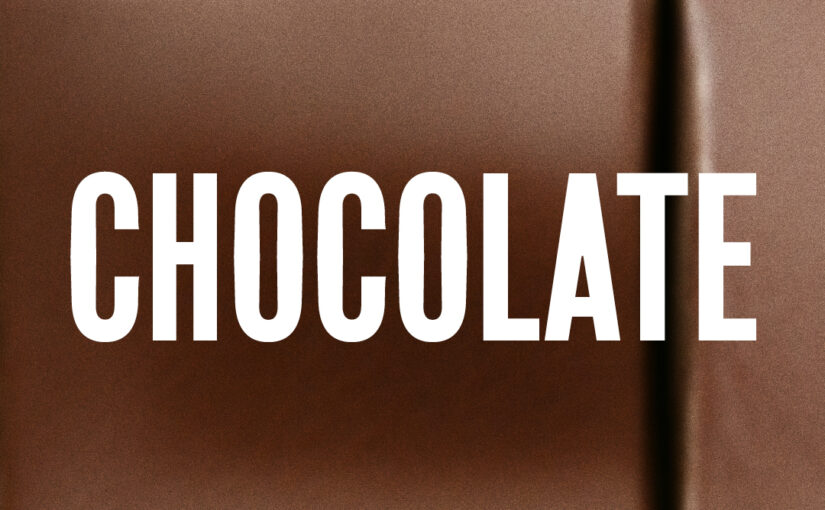Unreleased (1983) / Ice Cream Castle (1984)
Maybe Prince thought Morris looked a little too smooth performing The Walk because for their next “brand new dance” he had The Time frontman squawking and waving his arms like a rattled rooster. On the scale of foolish to cool, The Bird sits at the midpoint between The Tweets’ The Birdie Song and MIA’s Bird Song. It’s ego-pricking daft fun – a rubber chicken thrown into Narcissus’s pond – yet it still funks seriously hard. We’re told “this dance ain’t for everybody, only the sexy people” (a line reused on Salt & Pepa’s Push It) but the beat is addictive enough to get the most self-conscious wallflower flapping along like a Bluth. What you hear on The Bird single, Ice Cream Castle album and Purple Rain film is a live recording – the only song on The Time’s third album not performed by Prince – yet an unreleased studio version exists if you want to cut out the middlemen and bask in the purple wellspring. Prince would write a third dance craze for The Time years later with Murph Drag but that only sits on the hard drives of hardened collectors. If you only want to learn one Time dance in your life there’s a reason why, in the words of that other Minneapolis band The Trashmen, everybody’s heard about The Bird.
Tag: The Time
192: Chocolate
Unreleased (1983) / Pandemonium (1990)
In nature, there are foods high in fat, and foods high in sugar, but one of the only substances that’s high in both is breast milk. That’s why chocolate and other manufactured concoctions are so addictive – our bodies crave that sweet mother’s milk. Prince’s Chocolate is also insanely addictive but for the exact opposite reason. The funk is tight and lean. And his Jamie Starr persona (an “old nasty” James Brown impersonator asking us if we want to see his tootsie roll) is saltiness personified. Chocolate’s official release was by The Time in 1990 but the only band input is Morris on vocals. Everyone else you hear is either Prince, Wendy, Lisa or Jill. My cassette tape of Pandemonium has been lost to time so I often forget a version other than the Prince-sung demo exists. Yet regardless of lead vocalist, the song is double-dipped funk on a stick. Luxury confectionary without the sickly aftertaste of his later Chocolate Box.
220: 777-9311
What Time Is It? (1982)
Despite Prince writing The Time’s first three albums, the band are such their own entity that it takes a lot for their output to make it onto these pages. 777-9311 forces its way in by brute funk force alone. The bassline is a beaut and the Linn drum pristine, but it’s the final three minutes that truly make this a Prince classic. His Stratocaster guitar solo crashes against the synths as if Shiva has started clapping along; the flame of destruction in his left hand colliding with the drum of creation in his right. The story goes that the title was Dez Dickerson’s home phone number and used without his knowledge. Predictably, the unwanted attention later forced the Revolution guitarist to change his number, but I hear nowadays if you ring those seven digits at midnight you’ll get through to the Hindu Lord of the Dance himself.
412: Data Bank
Unreleased (1986) / Pandemonium (1990)
This was recorded by The Time for their fourth album but completely outshone by the unreleased Prince and the Revolution original. Data Bank (or Pretty Face as my Italian Chocolate Box bootleg mistitles it) is a jackhammer funk thumper, heavily influenced by Cameo’s I Just Want To Be and featuring a synth motif that sounds like a phone number being punched in. It inhabits the same world as Movie Star, another song penned that year with Morris Day in mind, and includes that title in the lyrics along with the same character’s mannerisms. Prince assuming the role of a playboy Don Quixote on a quest for phone numbers, constantly thwarted by the gap between his high-living delusions and impoverished reality. I love how it descends into chaos with him pretending to lose control of the band, screaming “I didn’t call the horns” and “I didn’t call that either”, before saying he quits and instructing his engineer to fade it out when the band doesn’t stop at his request. I don’t know what happened to it during it’s Time conversion but the playfulness got lost in translation, along with its comedic lesson in hubris. As Prince says in both Movie Star and Data Bank “Oh that’s dog!”
424: Release it
Graffiti Bridge (1990)
Sounding like a startled greyhound struggling to find purchase on linoleum, this percussive beast is a frantic, skittish bag of nerves and bones. Sometimes it feels more like a funky experiment than a fully formed song, with the sampled drums hogging the mixing desk, forcing the bass and sax to take pot shots from afar. Originally recorded for The Time’s abandoned Corporate World album it became one of the four Morris Day stowaways to make it onto and into Graffiti Bridge. It’s my favourite of the guest spots, mainly because the bolshy interplay between Morris and Jerome is The Time par excellence. The band was created in 1981 to channel Prince’s more poppy R&B aspirations, evoking the kind of world your 20s are steeped in: good-time funk, party and bullshit, complete with a heady scent of materialism and egocentricity. Release It’s “party people in the club get hyped” lyrics pull this world off with aplomb and the humour of Morris trying to find a “Stella” is the Frustrated-Low-Status-Guy-Trying-To-Act-High-Status formula all the best sitcoms are built on.
476: Shake!
Graffiti Bridge (1990)
Rattling along like a steampunk George Clinton, Morris Day rides this daft Time number all the way to Cheesetown. Shake! is one of the weaker tracks on Graffiti Bridge but anybody doubting the song’s credentials should check out Prince’s Rock in Rio performance of the song. The sound quality of this extended live version does nothing to rescue the cheesy 60’s organ which still retains a faint cologne of cruise-ship, but the track is unwound as a looser Delirious-style shakedown which gets even Christ the Redeemer clapping double time and Day’s original vocal limitations are shown up as Rosie Gaines casts the lyrics in bronze. That’s not to say the studio version is without its charm – the hydraulic beat is rock solid and the pretension-free straight-up party vibe acts as a counterbalance to the album’s more cerebral fare such as the alluring mystique of Joy In Repetition or the soaring cry for help of Thieves in The Temple. It’ll never make anybody’s desert island discs but it rarely fails to raise a smile and a toe tap.



